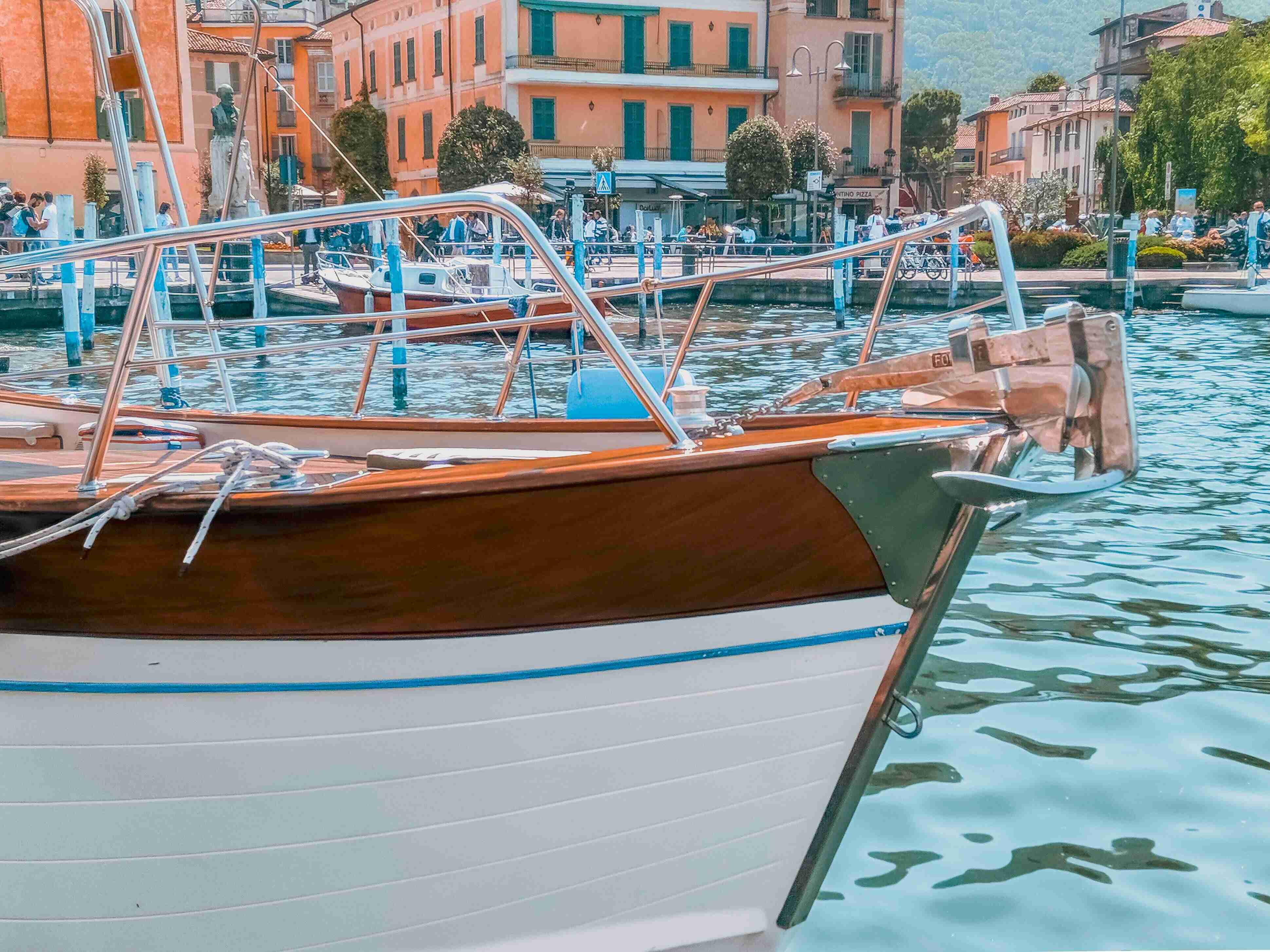

From Garden to Plate: Growing Your Own Edible Flowers
Growing your own edible flowers is not only a delightful way to enhance your garden, but it also adds a unique and beautiful touch to your dishes. Edible flowers can be used in a variety of culinary creations, from salads and desserts to cocktails and infused oils. Let's explore the process of growing and using edible flowers.
Choosing the Right Flowers
When selecting flowers to grow, it's important to choose varieties that are safe for consumption. Some popular edible flowers include:
- Rose petals: With their delicate fragrance and soft texture, rose petals are a classic choice for culinary use. They can be used to make rose water, infused oils, or added to salads and desserts.
- Nasturtiums: These vibrant flowers have a peppery flavor, adding a spicy kick to your dishes. Nasturtiums can be used in salads, sandwiches, or even pickled for a unique twist.
- Calendula: Also known as marigold, calendula flowers have a slightly bitter and tangy taste. They can be used to add color to soups, stews, or rice dishes.
- Pansies: Pansies come in a variety of colors and have a mild, slightly sweet flavor. They can be used to garnish desserts, cocktails, or as a colorful addition to salads.
Growing Edible Flowers
Now that you have selected your desired edible flowers, it's time to grow them in your garden. Here are some tips to get you started:
- Choose a sunny location: Most edible flowers thrive in full sun, so select a spot in your garden that receives at least 6-8 hours of sunlight per day.
- Prepare the soil: Ensure that your soil is well-draining and rich in organic matter. Amend the soil with compost or aged manure to provide the necessary nutrients.
- Sow the seeds or transplant seedlings: Follow the specific instructions for each flower variety regarding planting depth and spacing. Water the plants regularly and provide support if needed.
- Maintain proper care: Regularly water your plants, but avoid overwatering to prevent root rot. Remove any weeds that may compete for nutrients, and apply organic fertilizer as needed.
- Harvesting: Once your flowers bloom, carefully pluck the petals or whole flowers as needed. Harvest in the morning when the flowers are at their freshest.
Using Edible Flowers in Your Dishes
Now that you have successfully grown your edible flowers, it's time to incorporate them into your culinary creations. Here are a few ideas:
- Add petals to salads: Sprinkle rose petals, pansies, or calendula petals over your favorite salad for a colorful and flavorful twist.
- Create floral desserts: Decorate cakes, cupcakes, or tarts with edible flowers like pansies or violets for an elegant touch.
- Infuse oils and vinegars: Place fresh flowers like rose petals or lavender in a bottle with olive oil or vinegar. Let it sit for a few weeks to infuse the flavors, and use it in dressings or marinades.
- Freeze flowers in ice cubes: Place small edible flowers in ice cube trays, fill with water, and freeze. These floral ice cubes can be added to beverages or used to chill cocktails.
Remember, it's essential to research each flower variety you plan to use for culinary purposes. Some flowers may have specific preparation methods or restrictions, so always double-check before consuming.
Now that you have a good understanding of growing and using edible flowers, it's time to get creative and enjoy the beauty and flavors they bring to your garden and plate!
Related Posts
© 2025 Invastor. All Rights Reserved

User Comments